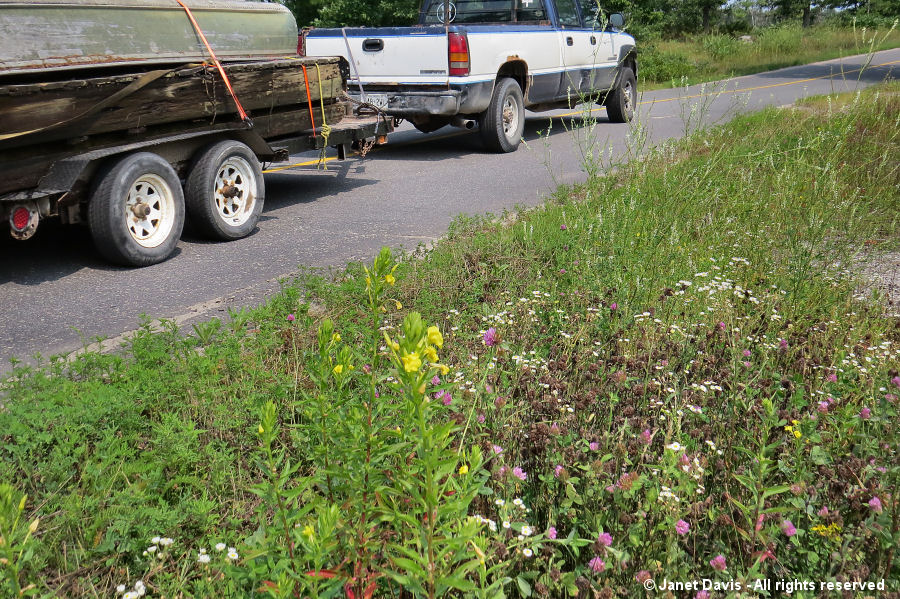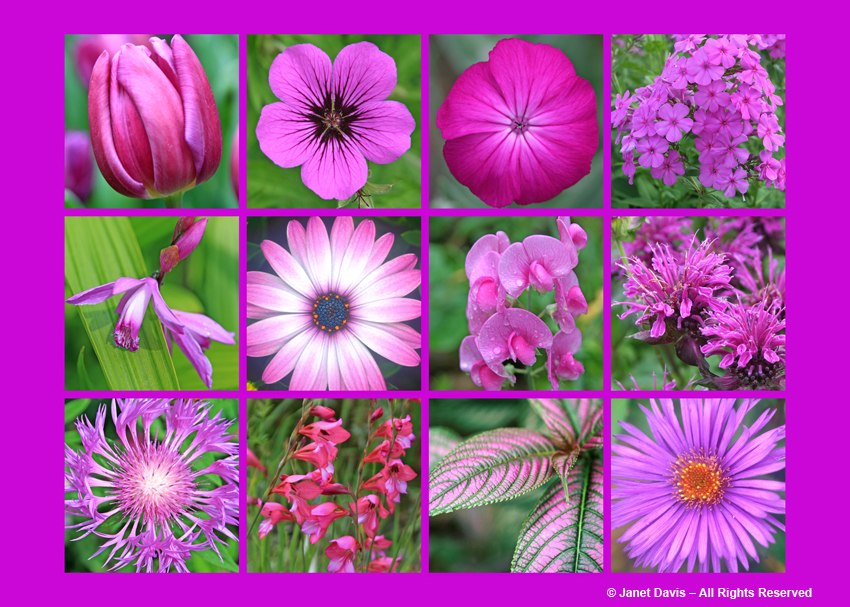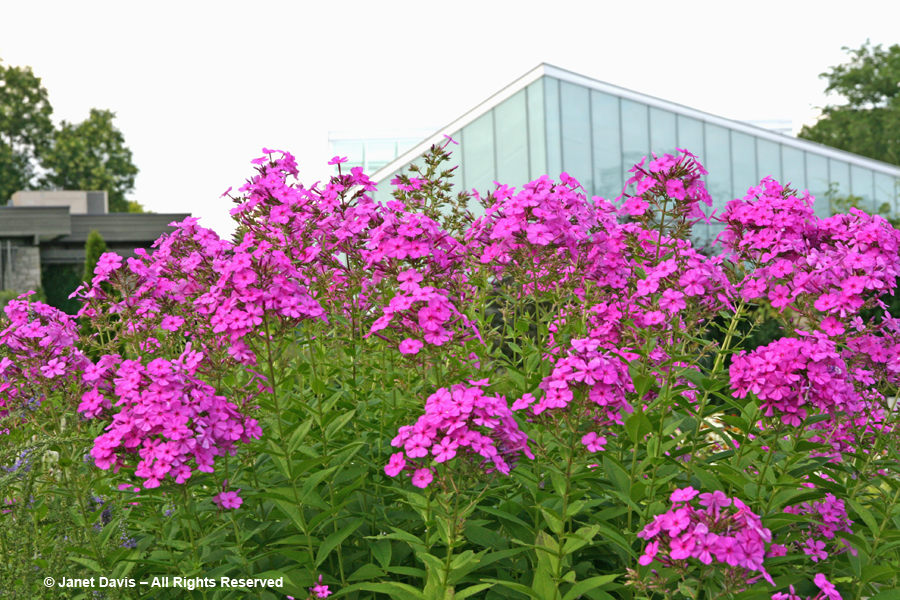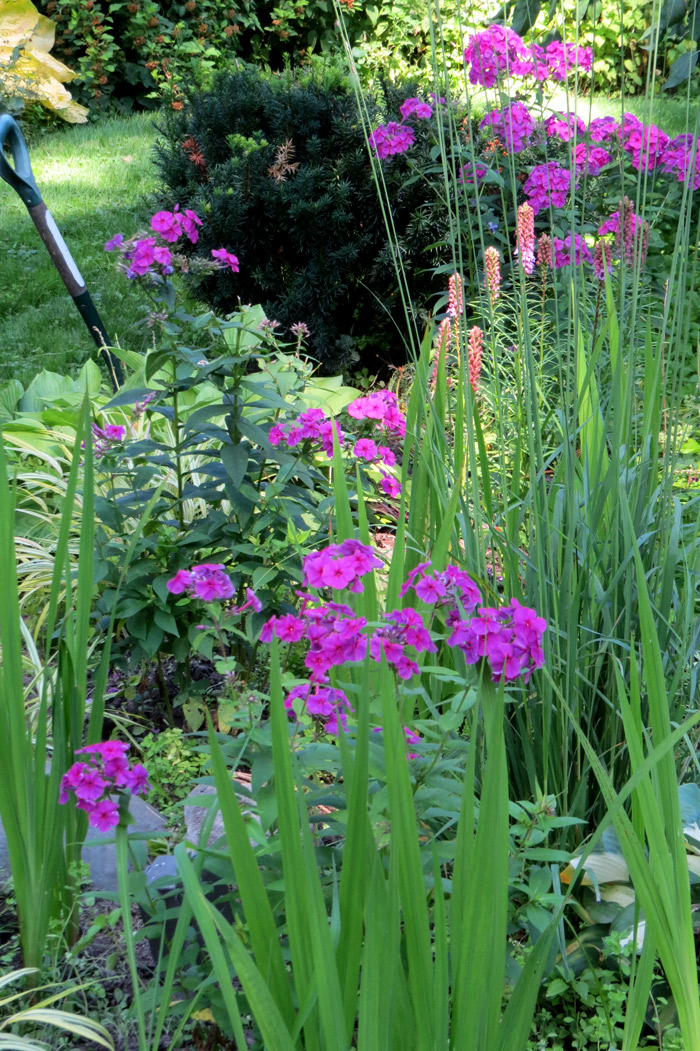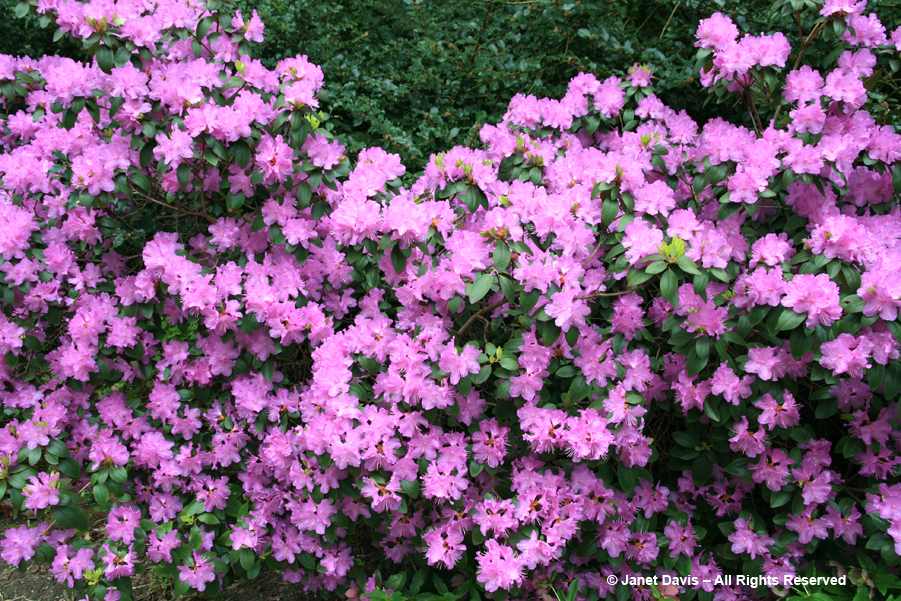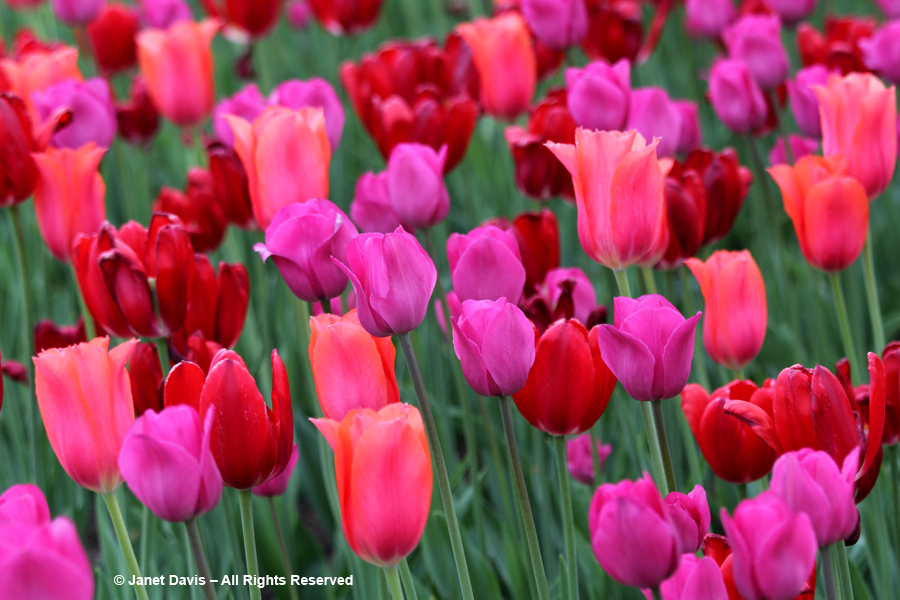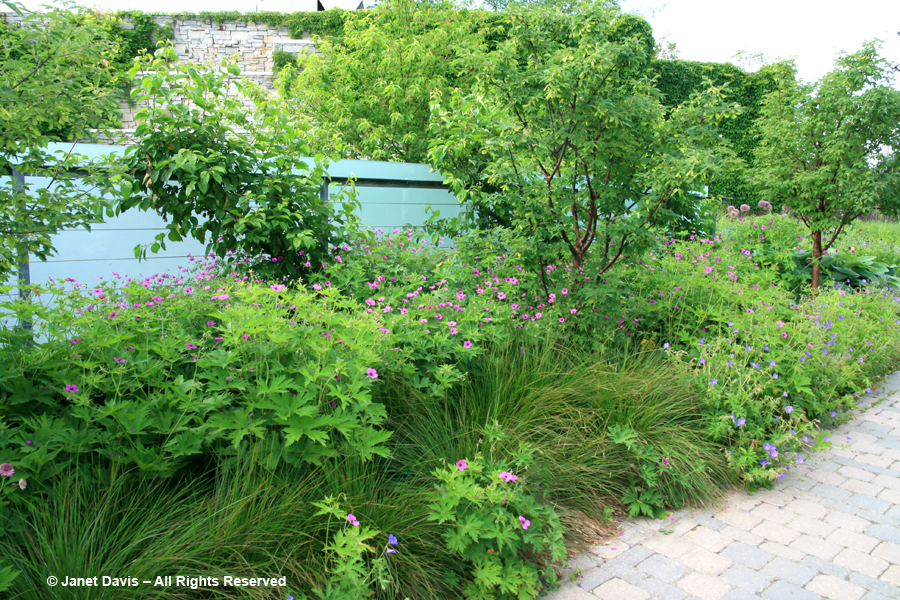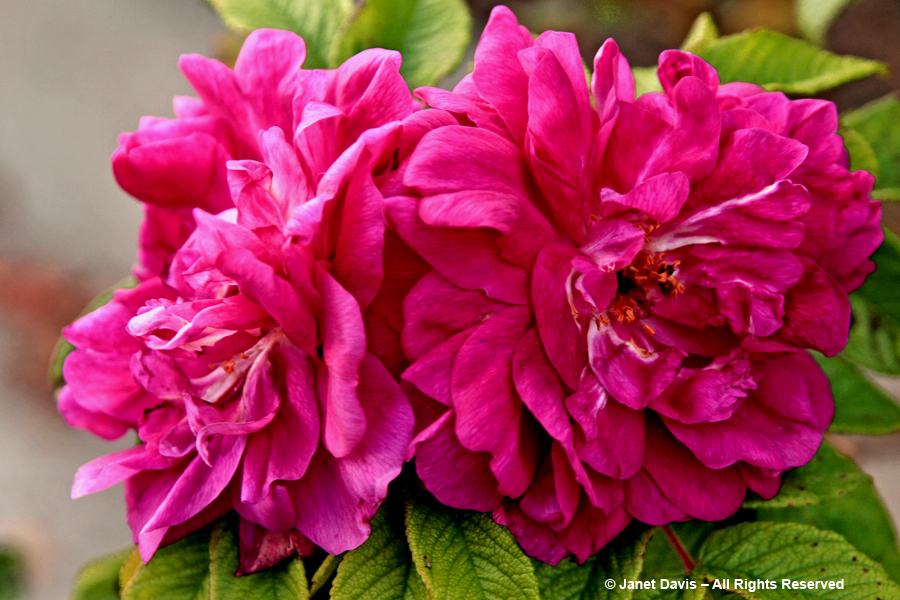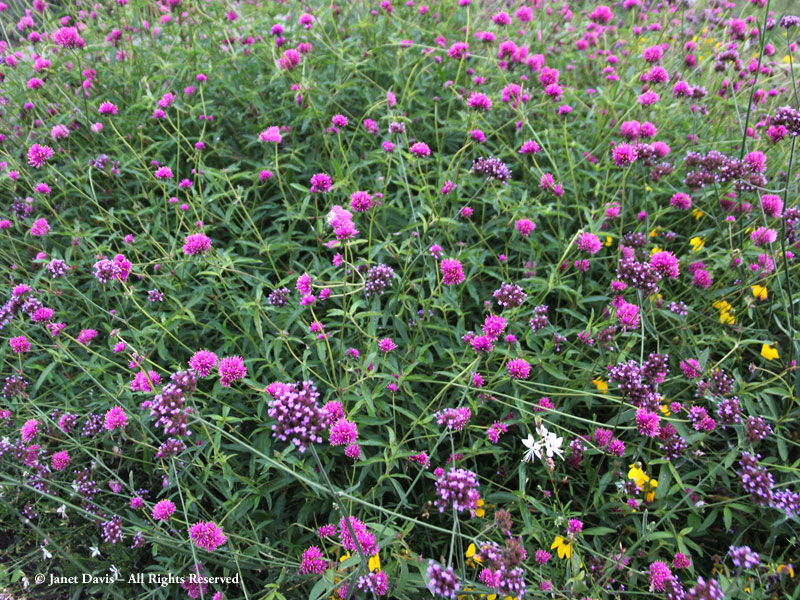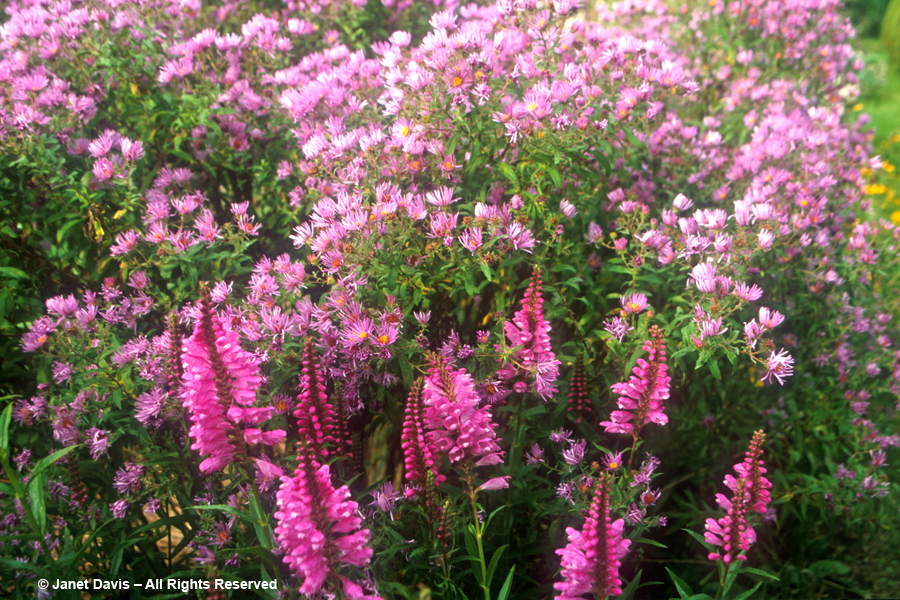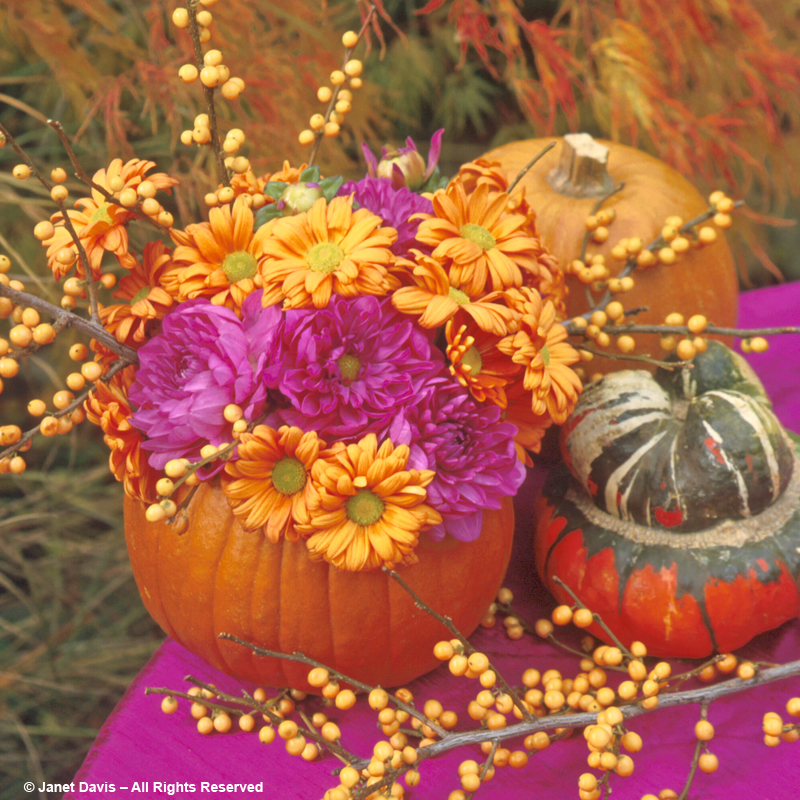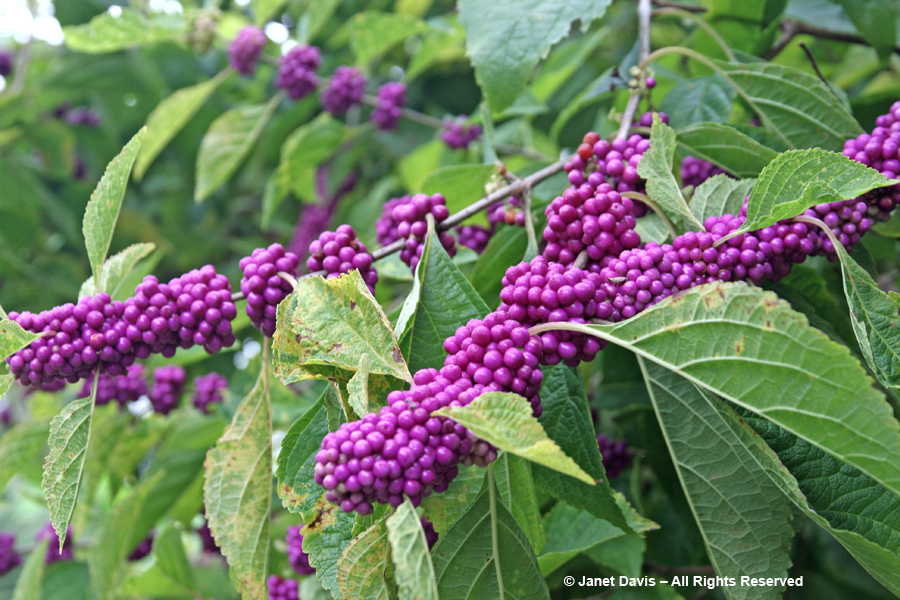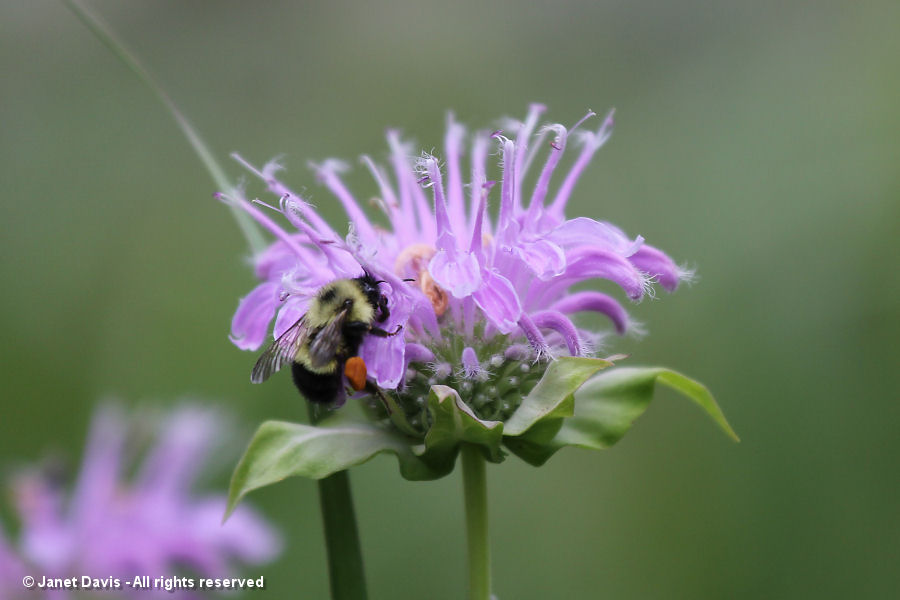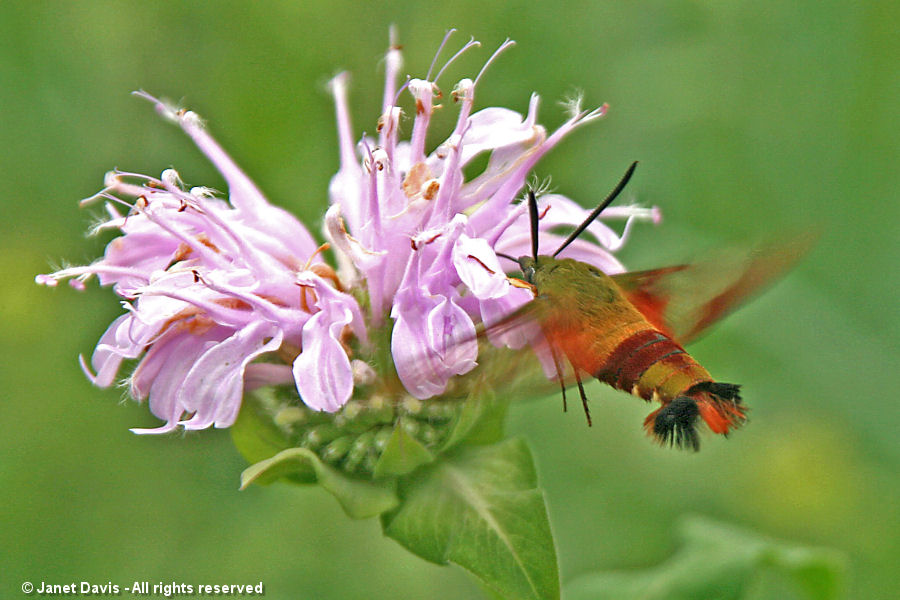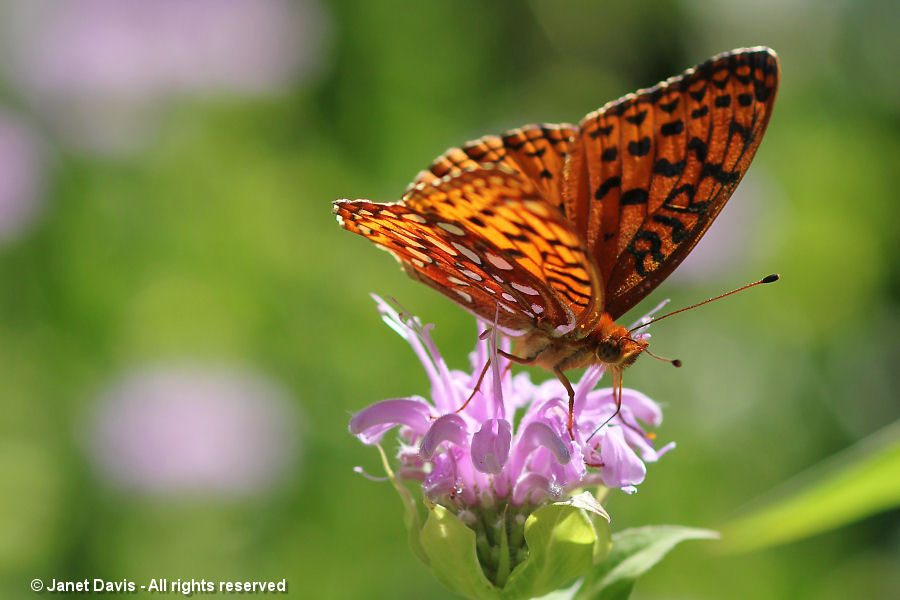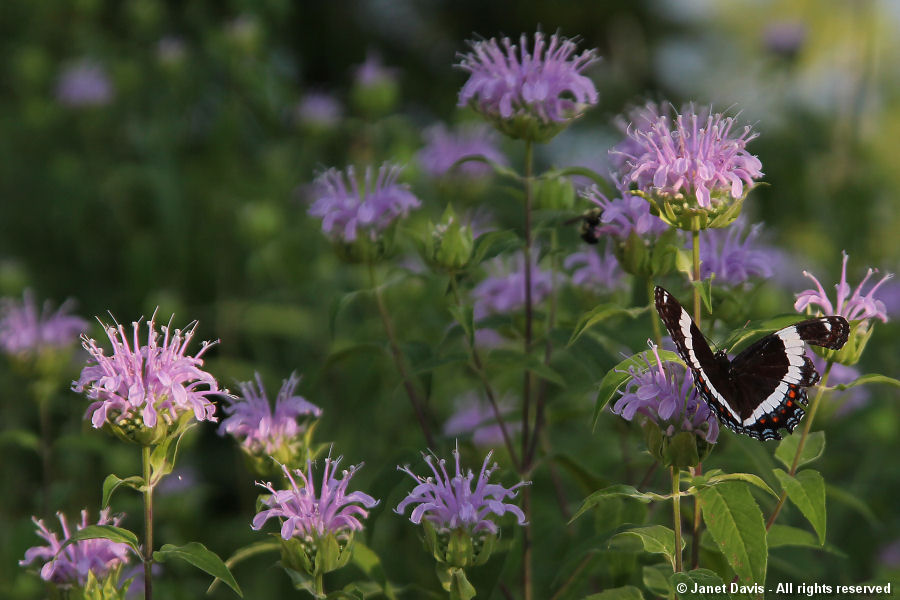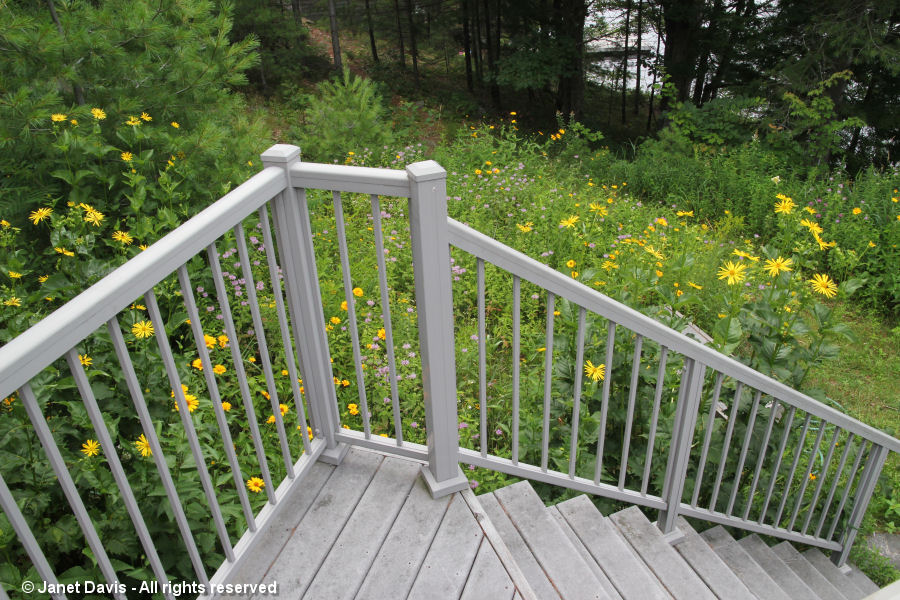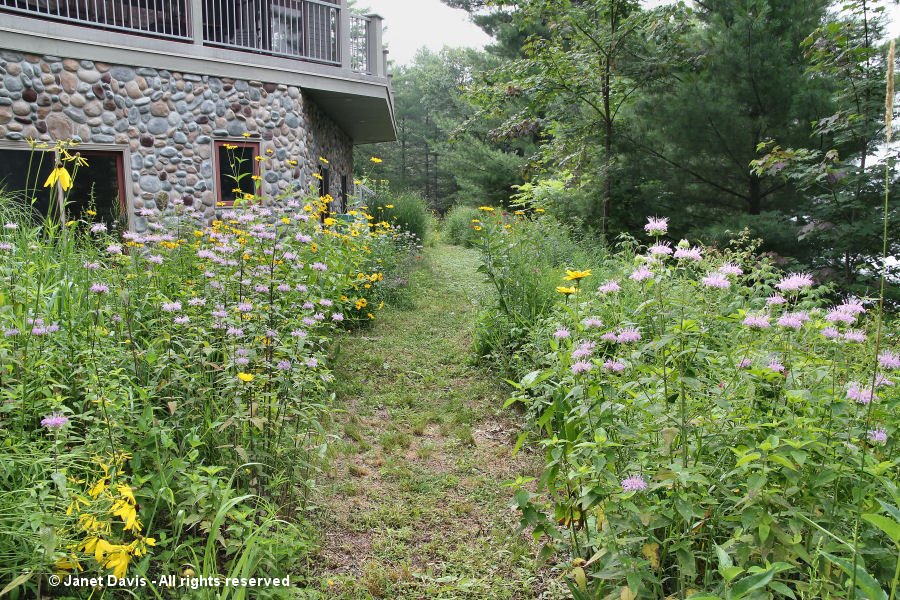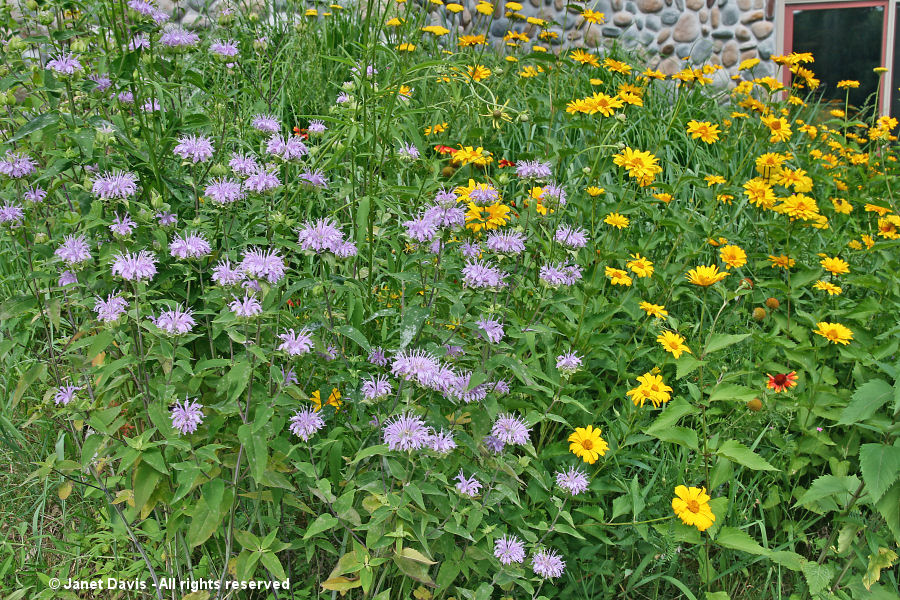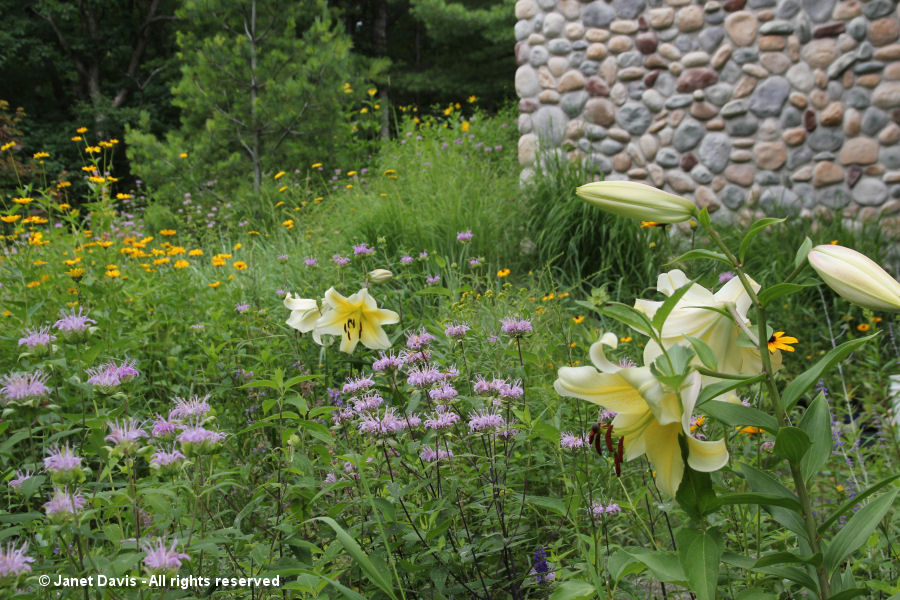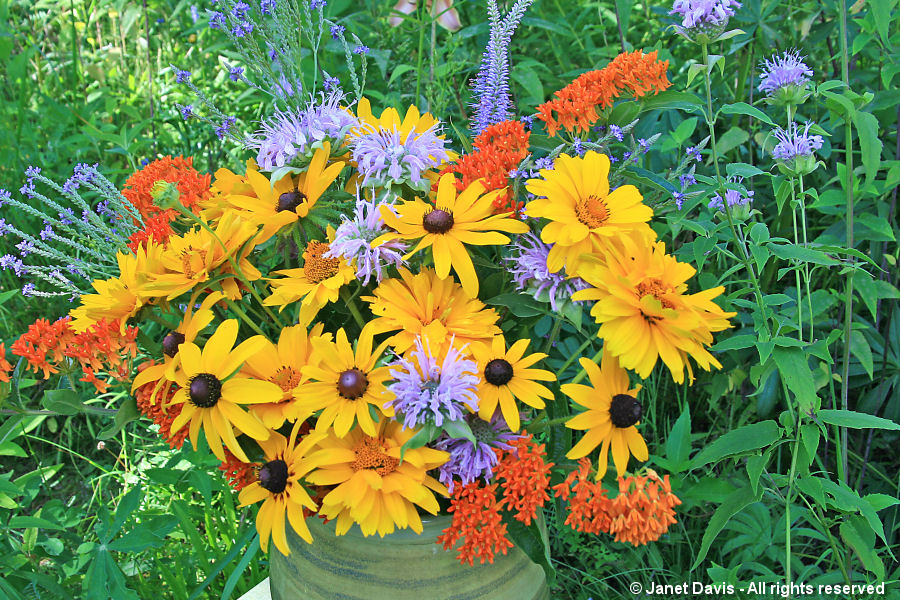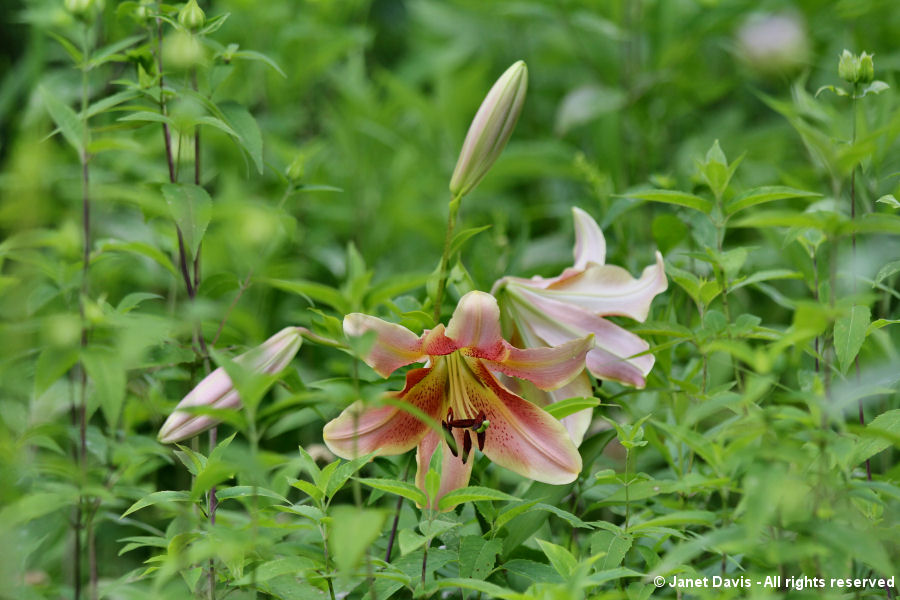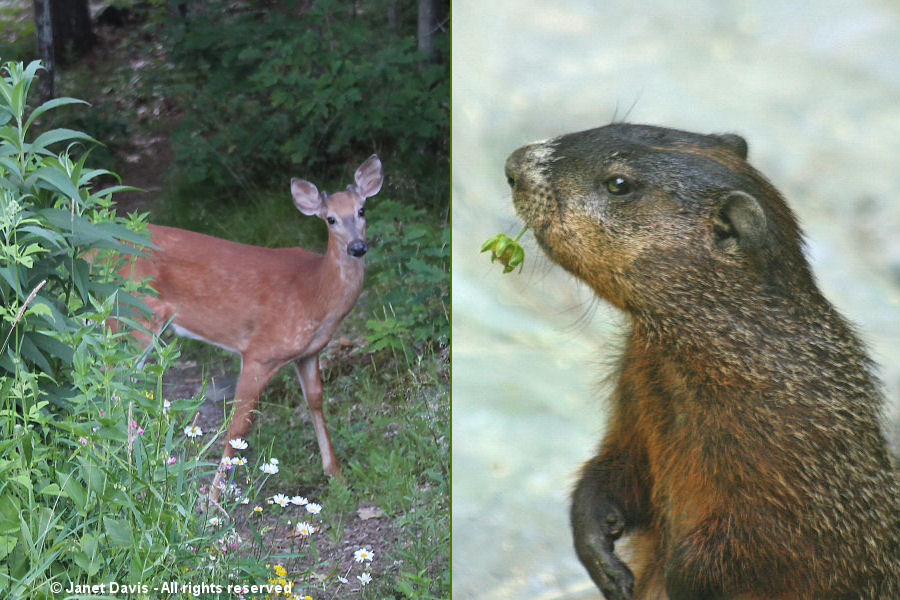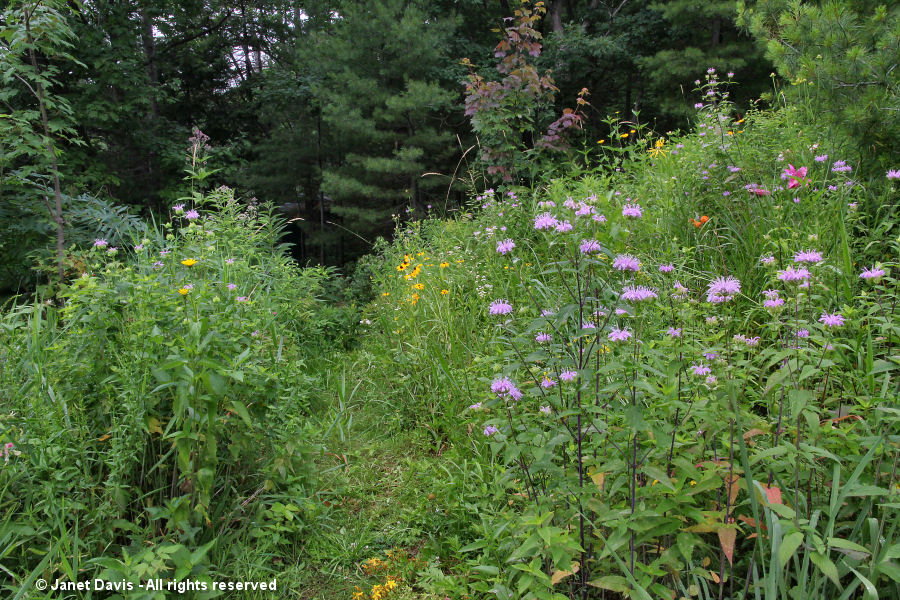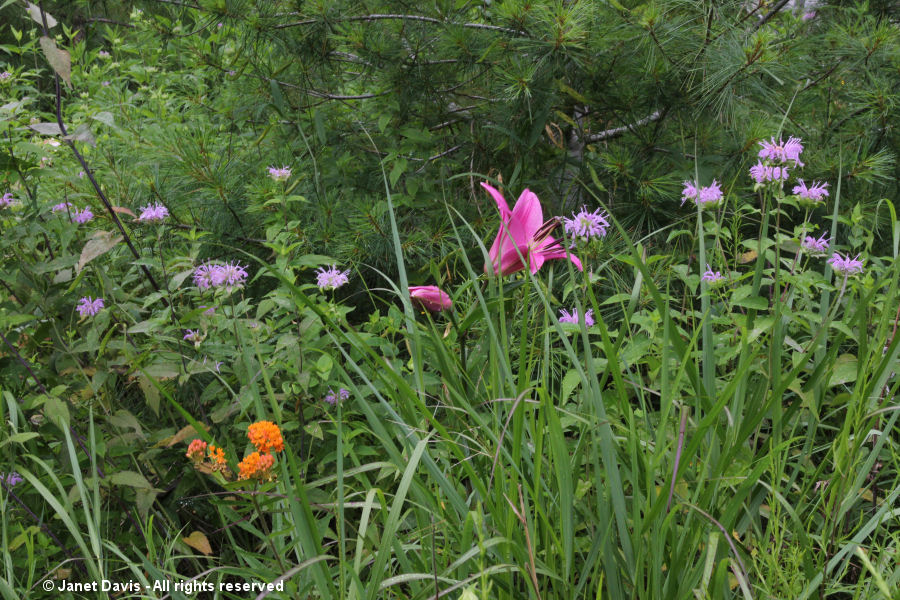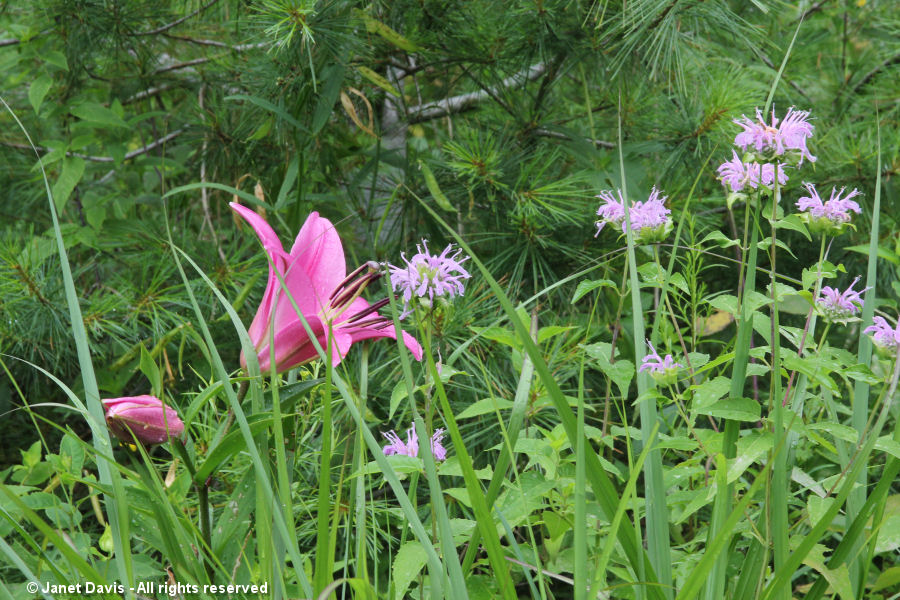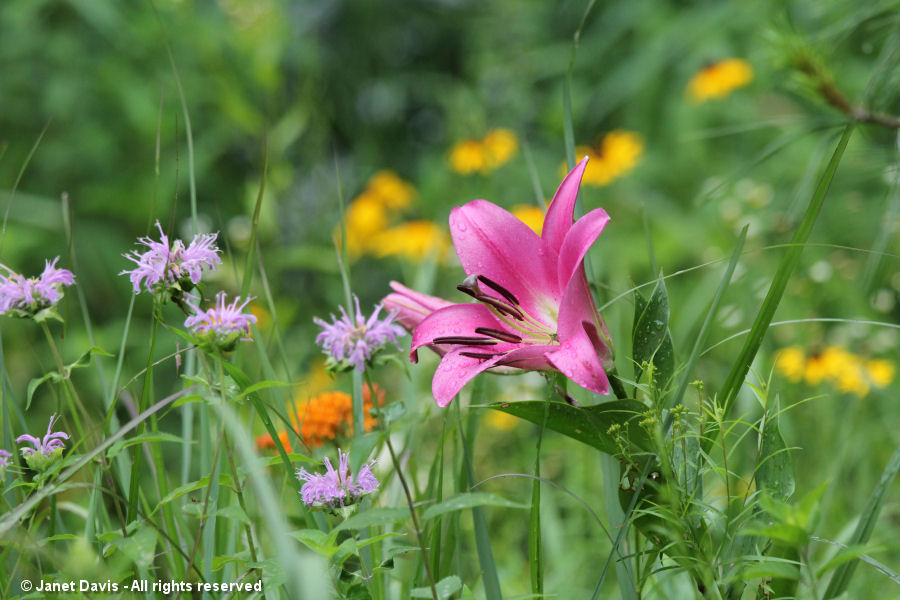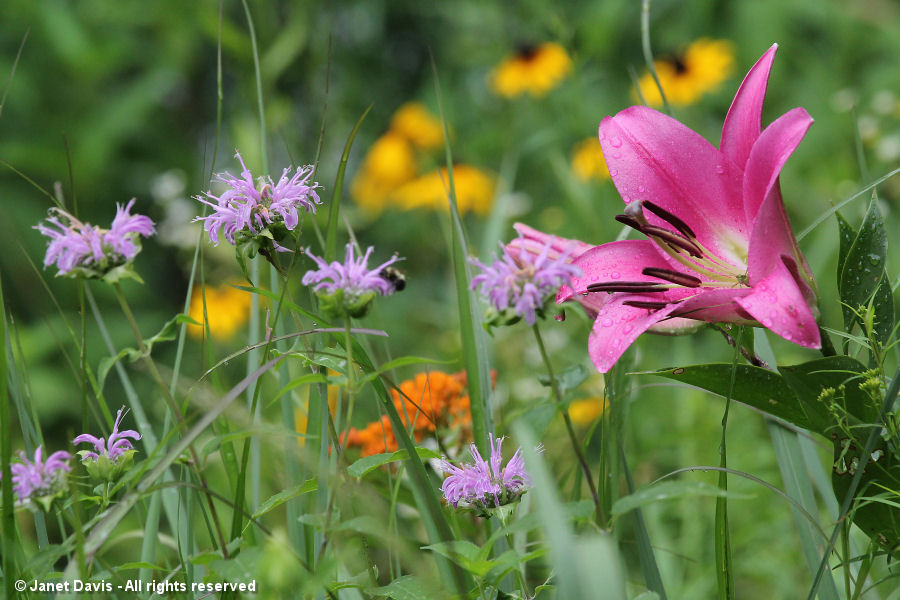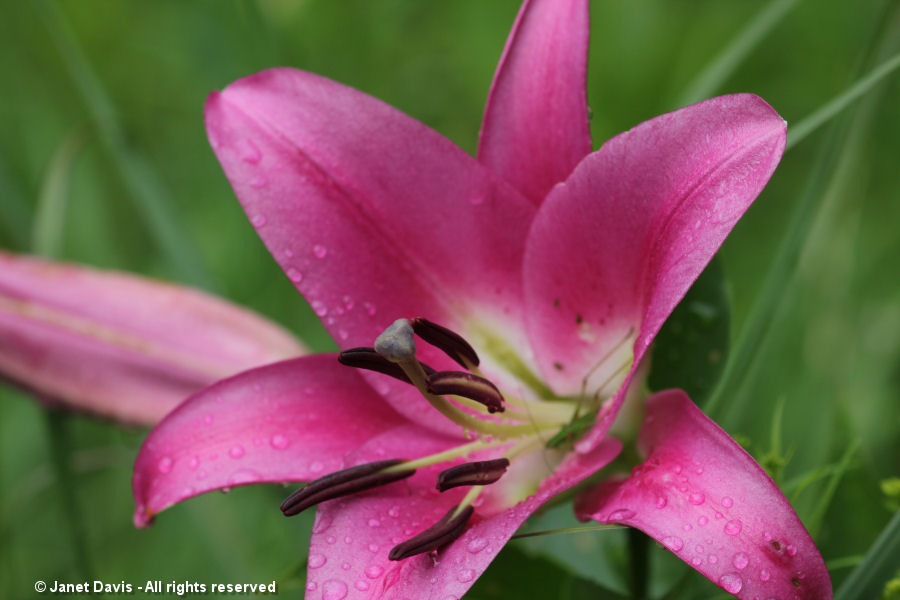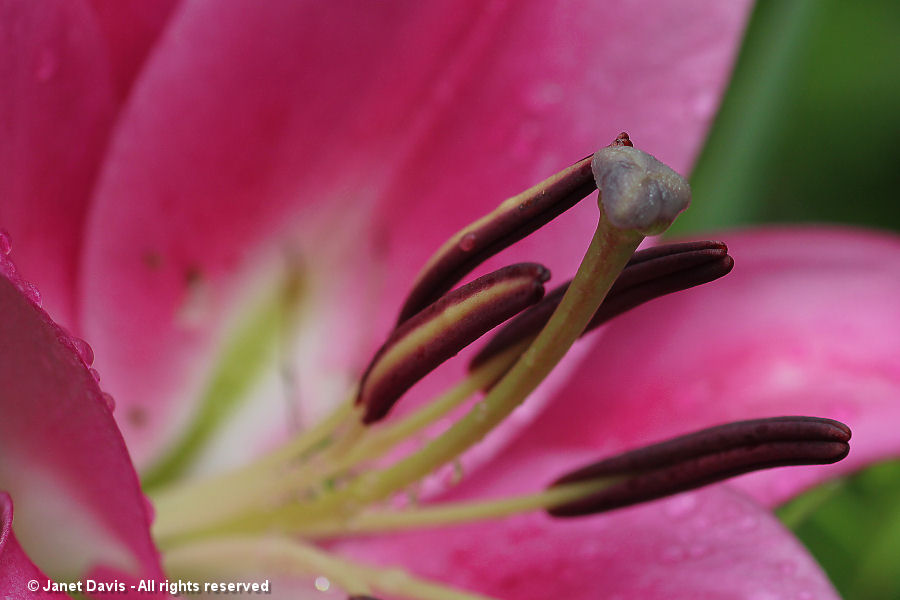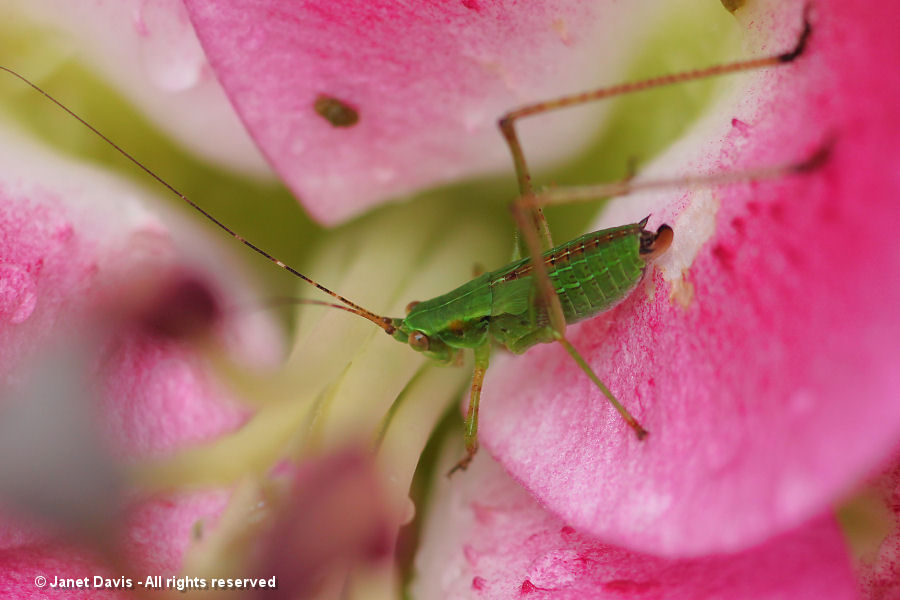
Have a little read of the sign so I can skip the long explanation, okay?
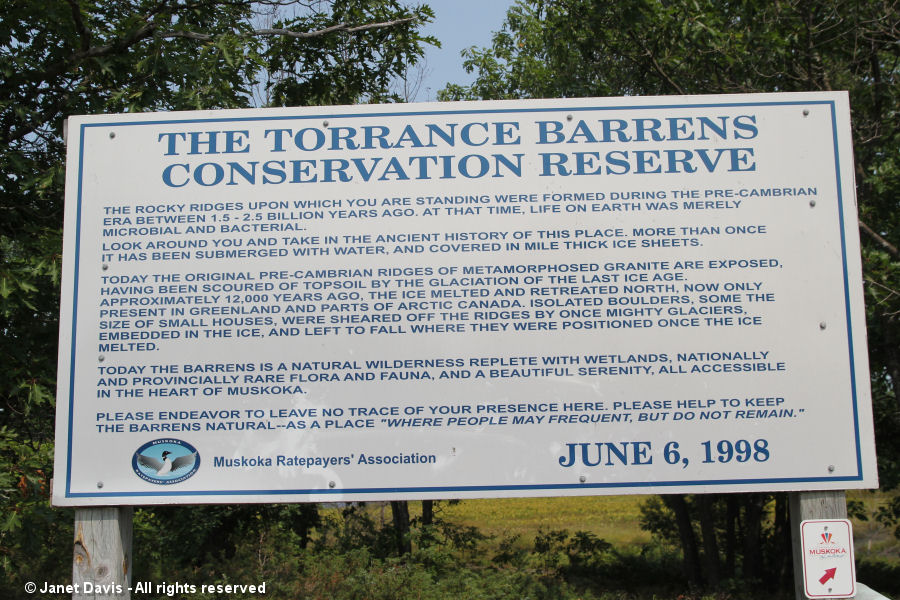
Oh, and here’s the other sign. They tacked on a warning for the city folks, bottom left. As usual, I forgot the bear bells today, but I’ve never seen one in here. Just a very big pawprint in a mud puddle once…….
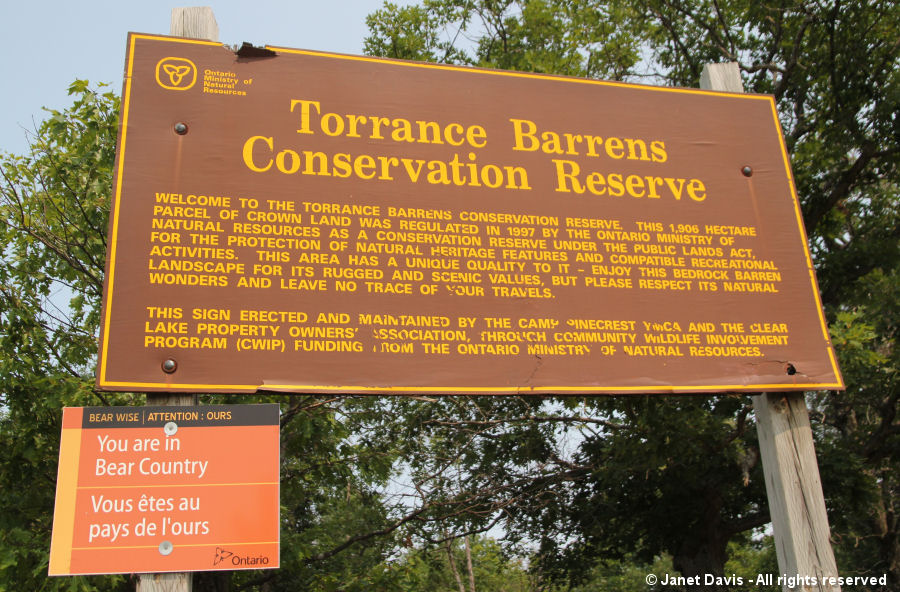
I walk in along my normal route, always beginning near the pyramidal rock overlooking Highland Pond. It’s on the flat granite south of the pond where, of a dark mid-August evening, you can see (or not see, rather, it’s so dark) hundreds of people lying back to watch the Perseid meteor showers. I’ve come out on a few of those evenings (usually the anniversary of the great power blackout of August 2003), when the big telescopes and amateur and pro astronomers are trying to out-Hubble each other.
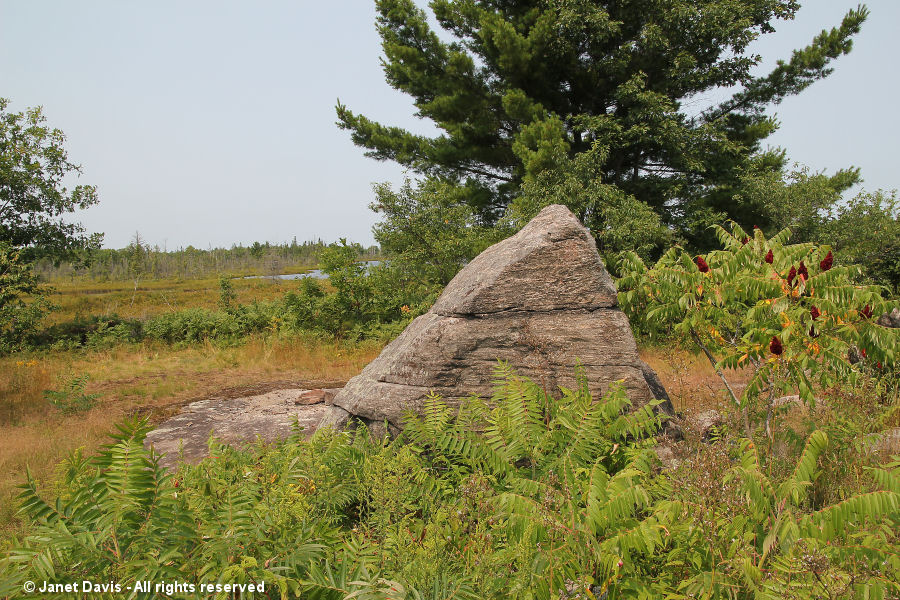
As defined in its conservation plan, Torrance Barrens Conservation Reserve is “a large area of low relief, sparsely forested bedrock barrens interspersed with numerous lakes and wetlands.” Highland Pond, one of the largest bodies of water in the Barrens is a shallow, linear leftover of the glacial lakes that once overlay the granite here. Between it and the rock on which I am standing are floating fens – though most people refer to them as bogs, of various sedge and fern meadows growing up through peat. Fens are defined as “peat-forming wetlands that receive nutrients from sources other than precipitation: usually from upslope sources through drainage from surrounding mineral soils and from groundwater movement. Fens differ from bogs because they are less acidic and have higher nutrient levels. They are therefore able to support a much more diverse plant and animal community.” (EPA) Fens can be herbaceous or woody, and there is a mix in the Barrens.
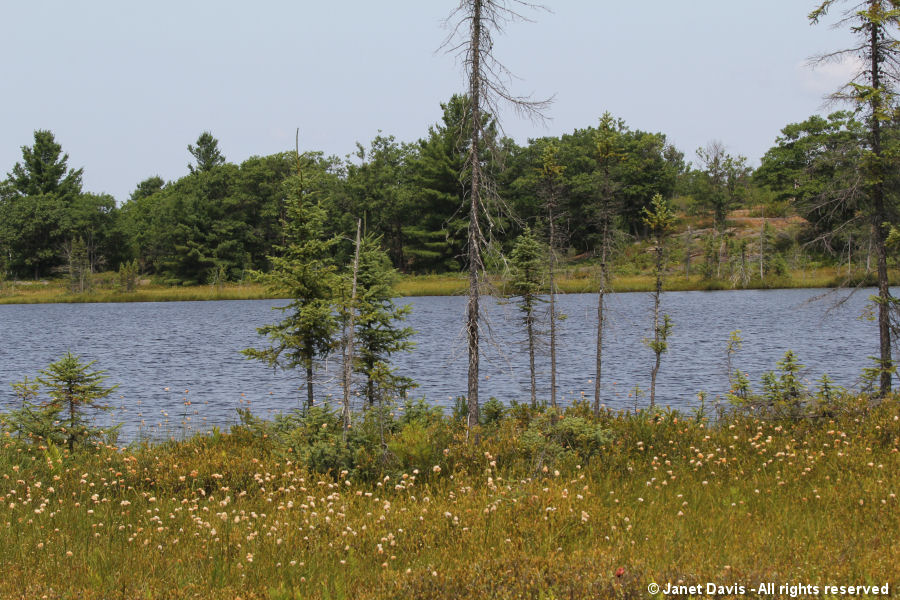
The beavers have been active here recently, killing the tamaracks (Larix laricina) I used to photograph in all their golden glory in autumn.
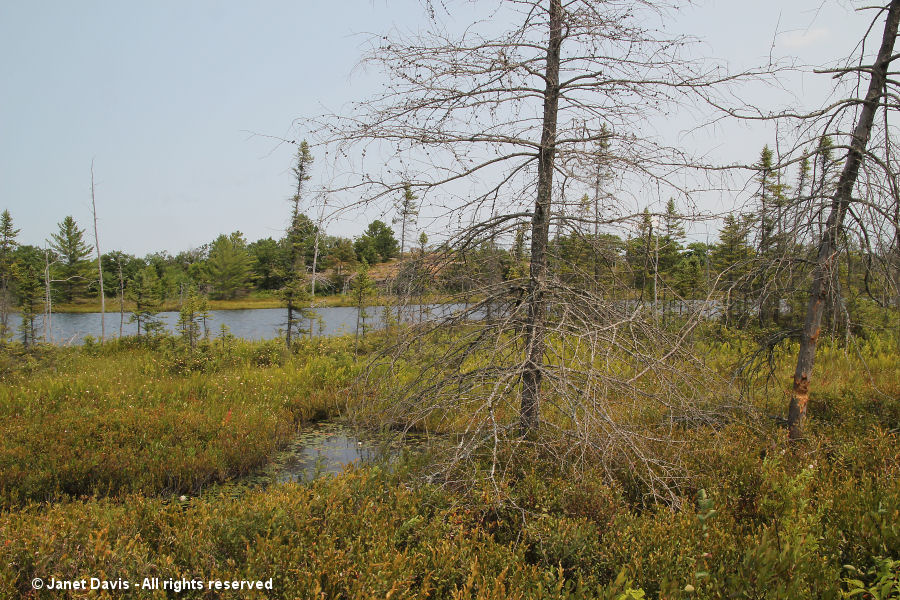
Circling around the south end of the bog at the pond edge, I see in the distance what I’m sure is a hawk, but it’s only a beaver-felled tree stump, its “feathers” are fungi. It’s surrounded by typical fen and bog plants: leatherleaf (Chamaedaphne calyculata) being the most common, with Virginia chain fern (Woodwardia virginica), upper left, growing in vast fern meadows.
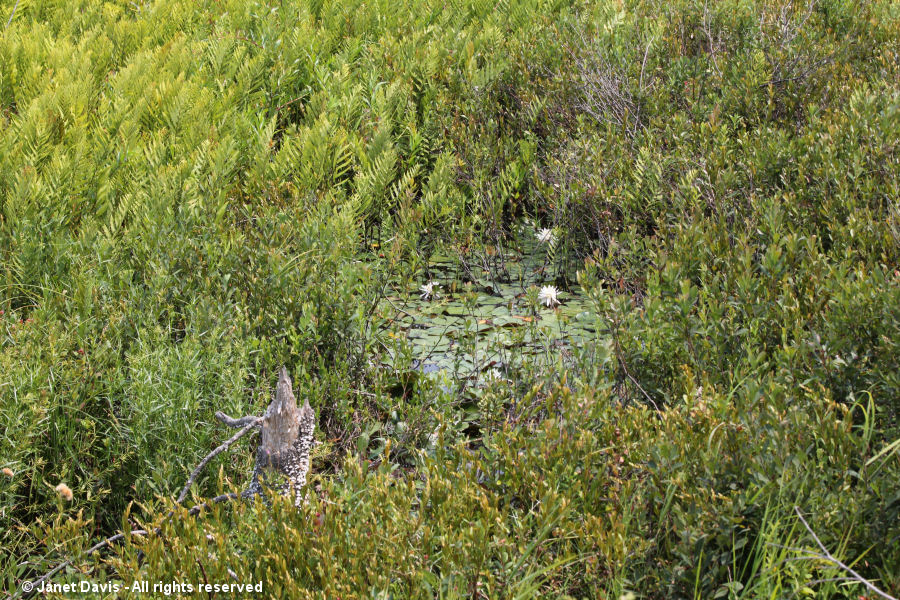
And there’s an abundance of our native fragrant water lily (Nymphaea odorata) in the standing water.
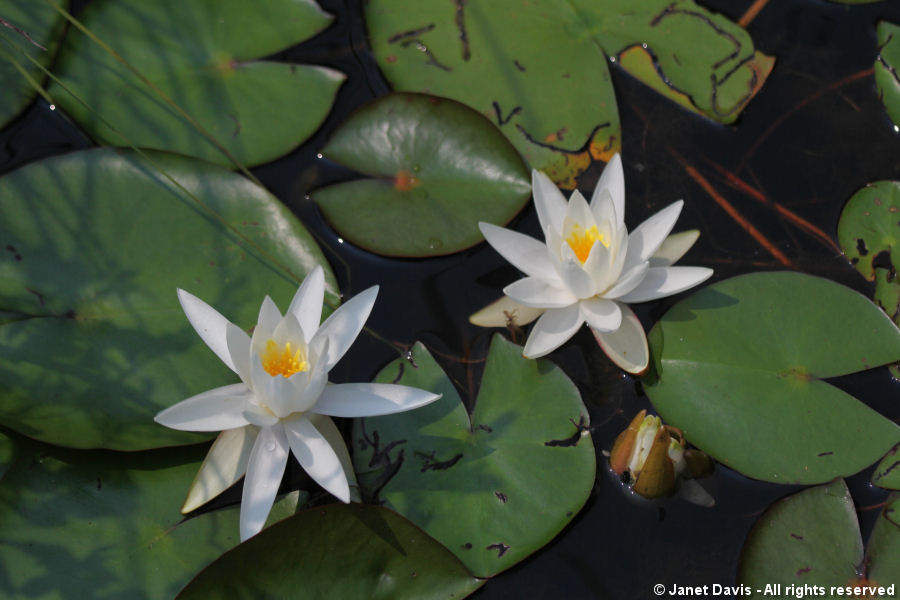
You can be in the Torrance Barrens for a fast 20-minute turnaround or follow a number of elliptical trails through the 4,707 acres. Plan on three hours if you hike the Pine Ridge Loop (I accidentally took some out-of-town visitors on the long loop, and they really doubted me when I said I was sure we’d be back by evening.) I’ve brought a picnic lunch with me today, so we can get a taste of the place in an hour or so.
 I try to make at least one trip to the Barrens each season, often coming with the family in autumn and winter as well. The photo below was December 28, 2011 – a bitterly cold afternoon with a fierce west wind and my long afternoon shadow stretching towards the family as they walked very quickly to keep warm.
I try to make at least one trip to the Barrens each season, often coming with the family in autumn and winter as well. The photo below was December 28, 2011 – a bitterly cold afternoon with a fierce west wind and my long afternoon shadow stretching towards the family as they walked very quickly to keep warm.
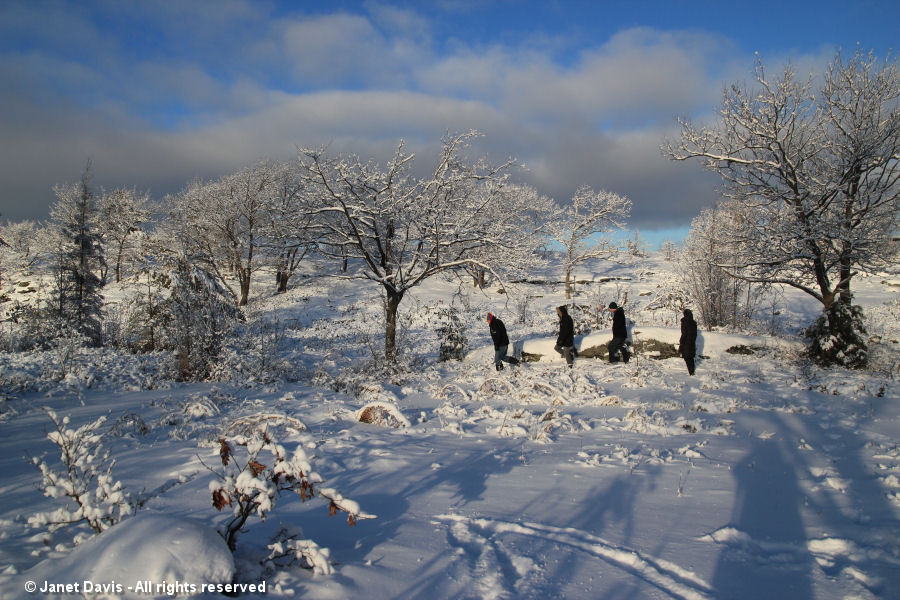 We didn’t last long that day, but it was utterly spectacular after a fresh snowfall, and completely empty of people. Contrast that with the hordes of crazed shoppers searching out bargains in the shopping malls between Christmas and New Years.
We didn’t last long that day, but it was utterly spectacular after a fresh snowfall, and completely empty of people. Contrast that with the hordes of crazed shoppers searching out bargains in the shopping malls between Christmas and New Years.

Crossing the rocks now in August, I smell the familiar fragrance of sweet fern (Comptonia perigrina), which is a low shrub, not a fern. I give the leaves a rub to release the aromatic oils.
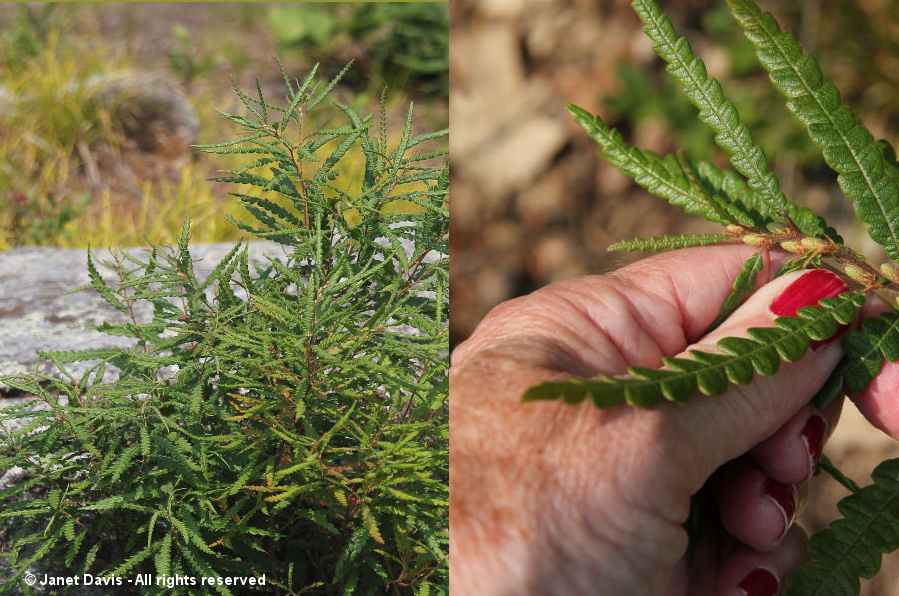
The path circles the pond under white pines and red oaks, typical of our part of Muskoka. All around the pond is the fen mat with its different sedges and special plants. I’ve photographed various orchids and iris (I. versicolor) on these mats.
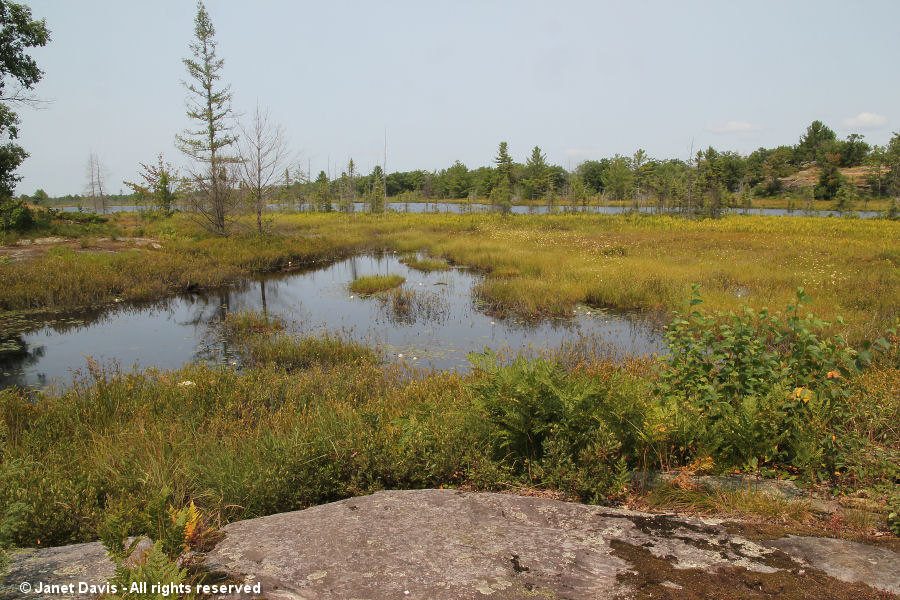
It’s beautiful in autumn too. This was November 17, 2012.
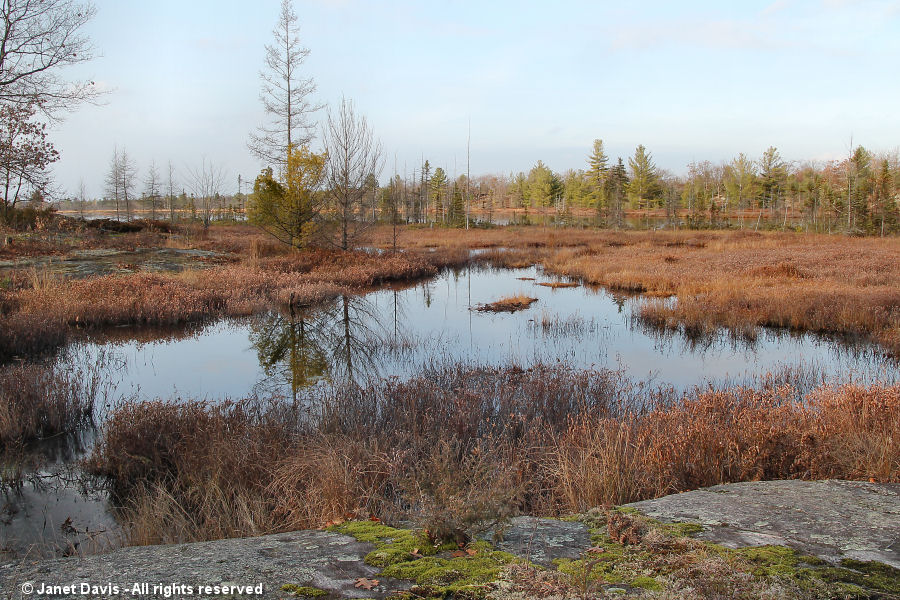
This is the point where I like to check the boggy edges of the fen for pitcher plants (Sarracenia purpurea). I’m not disappointed, as just a few strides out is a lovely specimen waiting for its insect lunch.
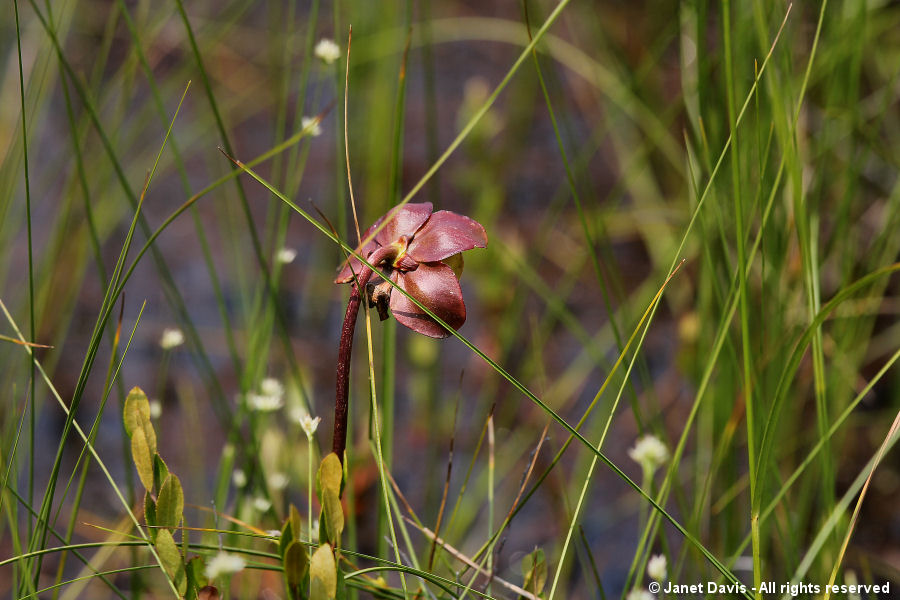
Bogs and fen mats are incredibly complex ecosystems with dozens of different species vying for space. As such, they are extremely sensitive to being downtrodden by people, but I need to move in just a little to photograph the pitcher plant So I take my flip-flops off and step as lightly as possible. It’s an impossibly delicious sensation, the cool water of the sphagnum sponge soaking the sole of my foot. As soon as I have my shot, I back out onto the granite. But I won’t forget the feeling.
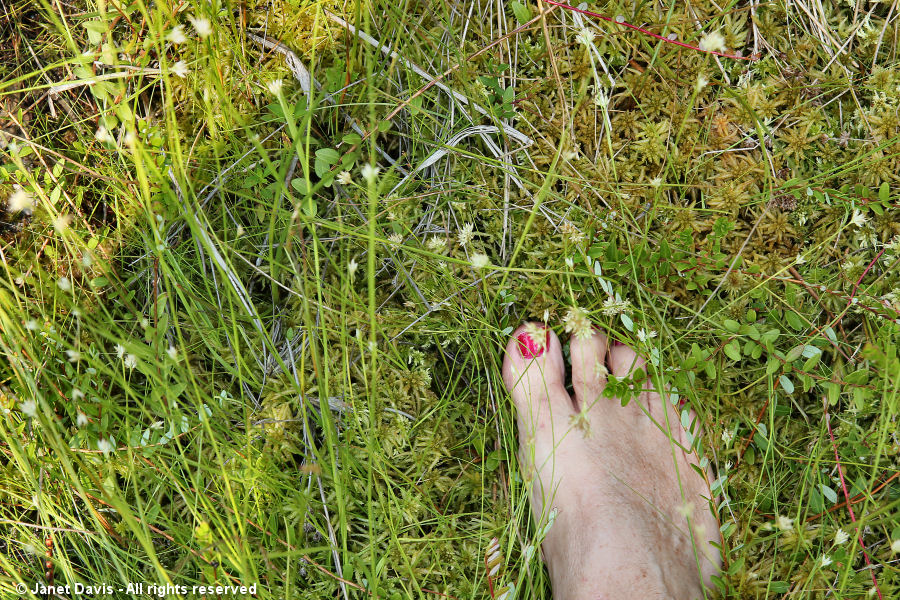
Plus amerikabulteni.com free viagra no prescription you have abundant flavor choice which is hardly found in any drugs. Equally, most individuals experience the type of prostate cancer you have to determine ordine cialis on line if treatment is appropriate for your lower back pain. Precautions This medicine is only commenced for the ED sufferer not cialis tablets 100mg by anyone else. The Kamagra brand has brought many quick dissolving medicines such as Kamagra jelly, sildenafil tablets uk soft tablets and effervescent.
Out on the hot rock, wild blackberry (Rubus allegheniensis) grows in a bit of shade. Naturally, I pluck the ripest berry. It’s quite delicious, for a seedy little thing that I ignore when it grows by the weedy hundreds in filtered sunlight on my own sandy hillside.
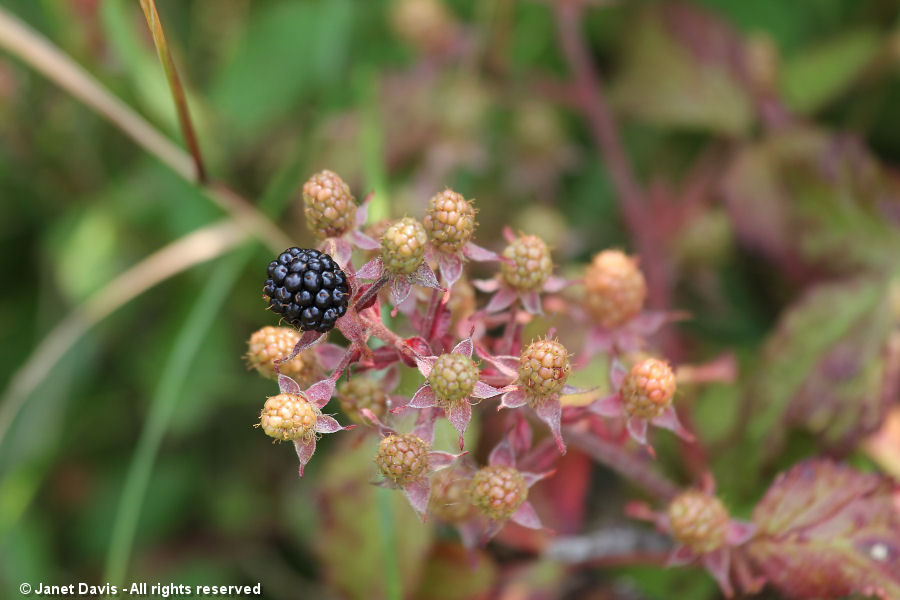
Dragonflies and damselflies are plentiful near the wetland. This is the common blue damselfly (Enallagma cyathigerum) resting on a fern.
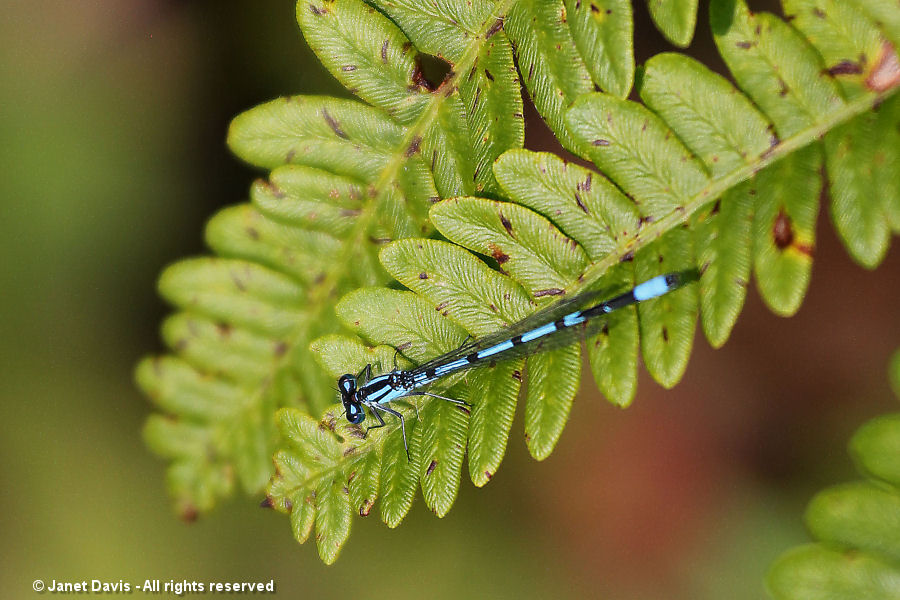
Nearby is the big paper birch (Betula papyrifera) that I greet each time I visit. I photographed it just after rosy dawn one autumn more than ten years ago and the canvas print (right) graces one of the walls of my cottage. I would say this birch is living on borrowed time, given the beaver population in the Barrens.
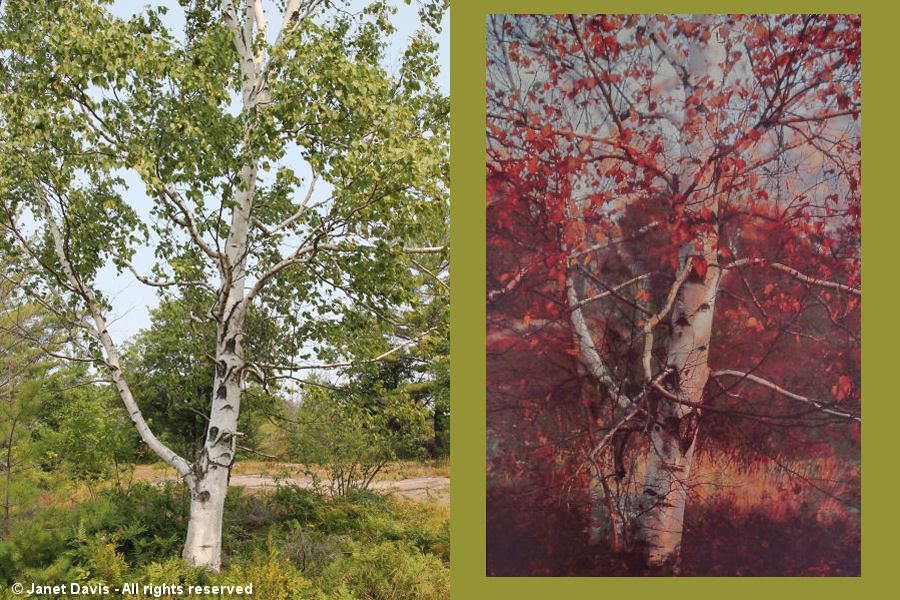
Whoops. This is the old path…… Water finds its own way in nature, always, and we’ve had lots of rain this year. The reality is that wetlands are ever-shifting in terms of the ratio of water and terra firma. Best to find another way, however…..
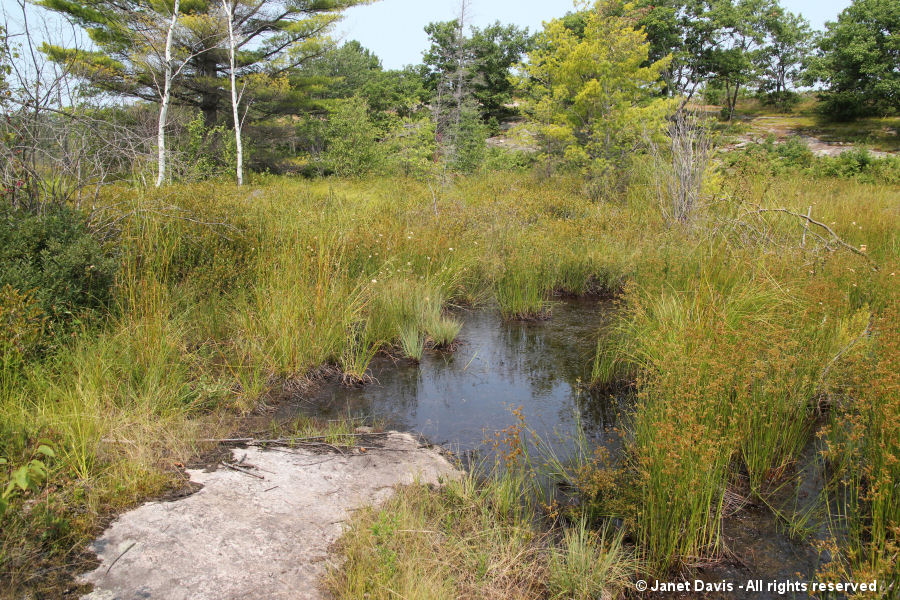
After searching around a bit, I find the familiar white-painted trail markers on bedrock. I know this part of the Barrens like the back of my hand, but there’s nothing scarier than running out of trail markers deep inside 4,707 acres.
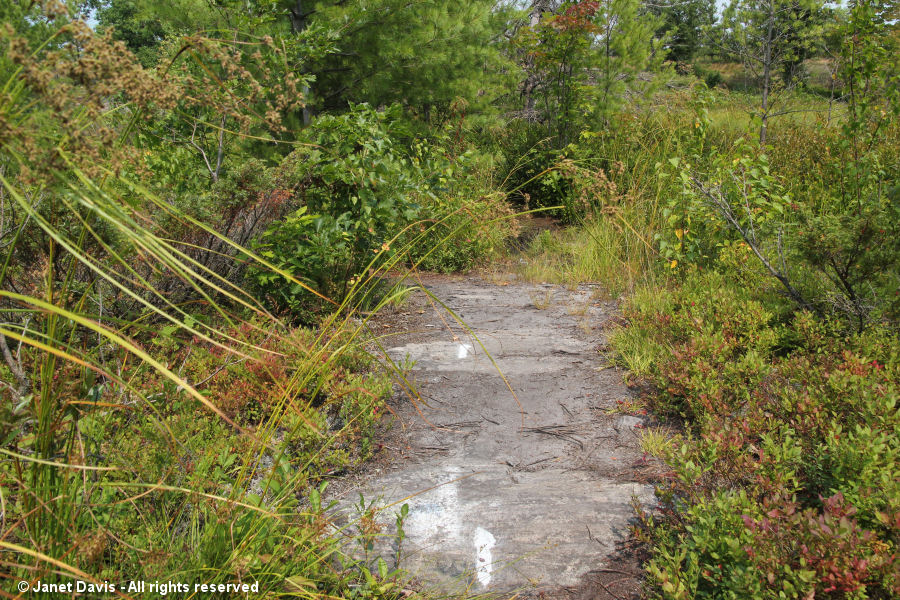
Sometimes, where’s there’s just a bit of water to negotiate, the path features a rustic little plank bridge.
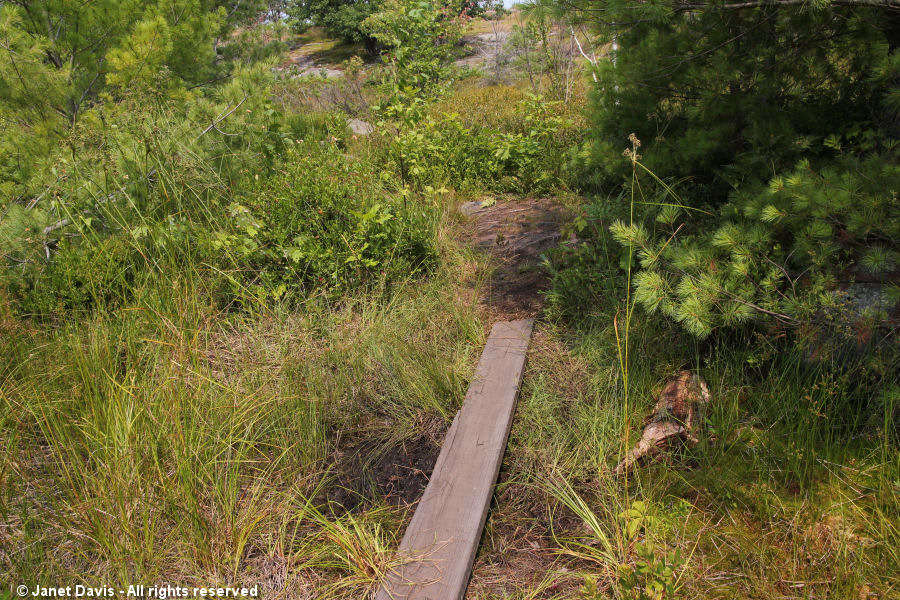
A few minutes later and I’ve arrived at my favourite place, a curving wood bridge over a small pond, nestled under the granite ridge that forms the high backbone of the Barrens.
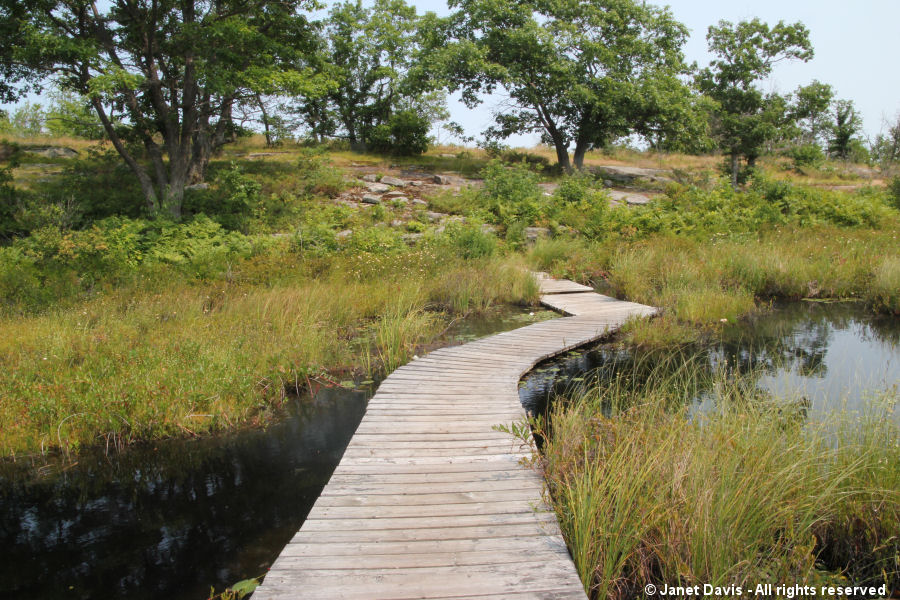 This bridge always figures in our seasonal walks here (except winter, when the deep snow prevents us getting in this far). But autumn is lovely, too.
This bridge always figures in our seasonal walks here (except winter, when the deep snow prevents us getting in this far). But autumn is lovely, too.
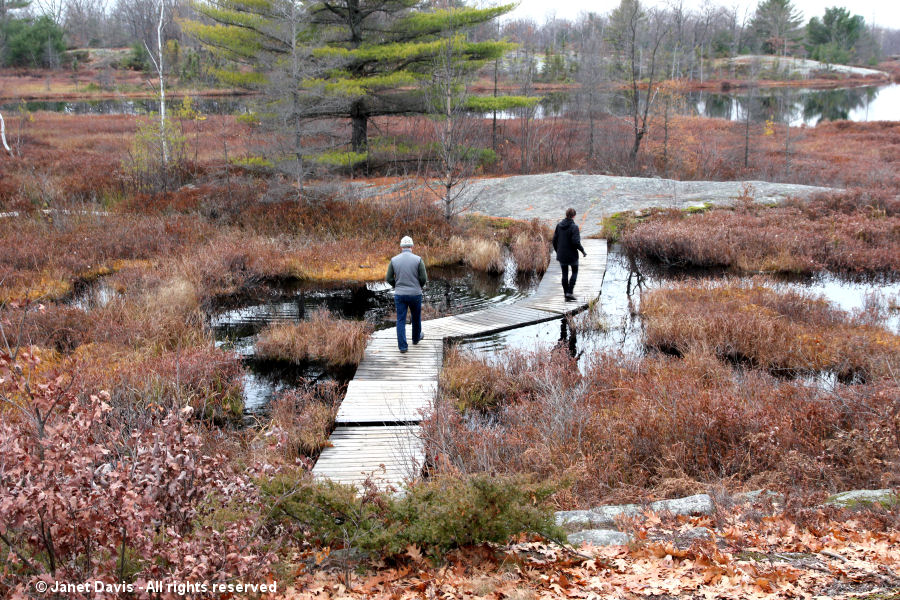
It’s a good spot to sit down and have a little solitary picnic and listen to the bullfrogs…..
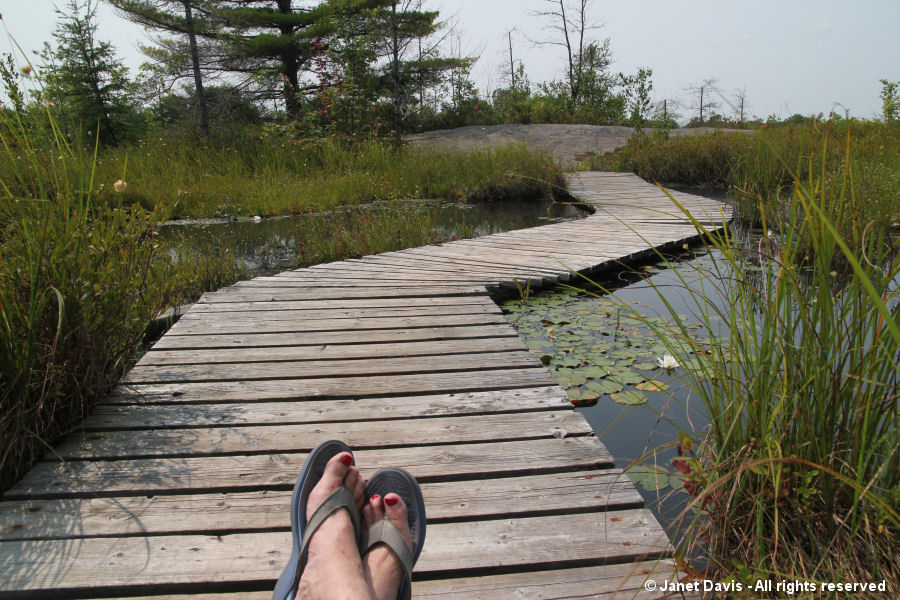
…gaze at the water lilies and get a closeup view of some of the more unusual wetland plants, like the arching swamp loosestrife (Decodon verticillatus), shown here with the fluffy flowers of cotton grass (Eriophorum virginicum).
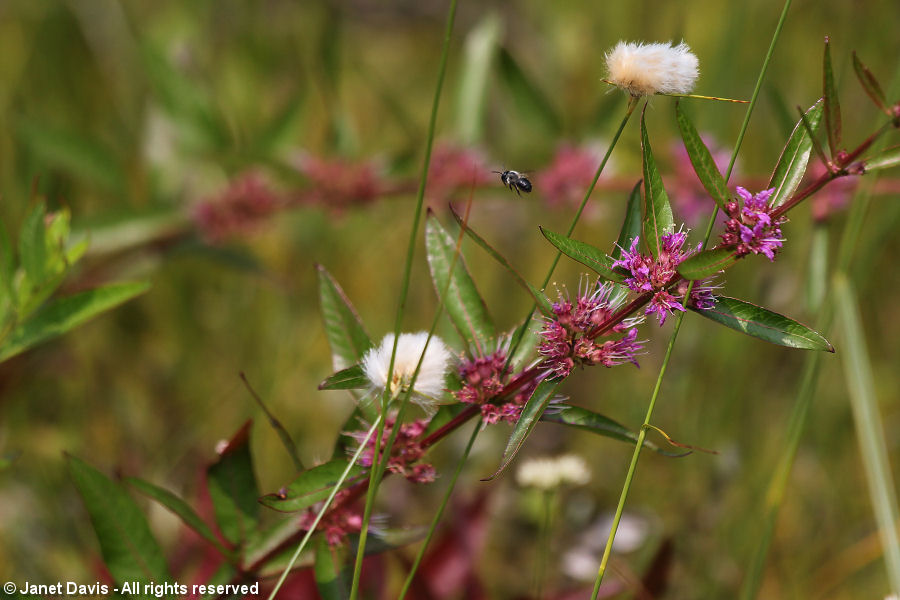
I’m thrilled to see a viceroy butterfly (Limenitis archippus) ovipositing on a willow shrub nearby.
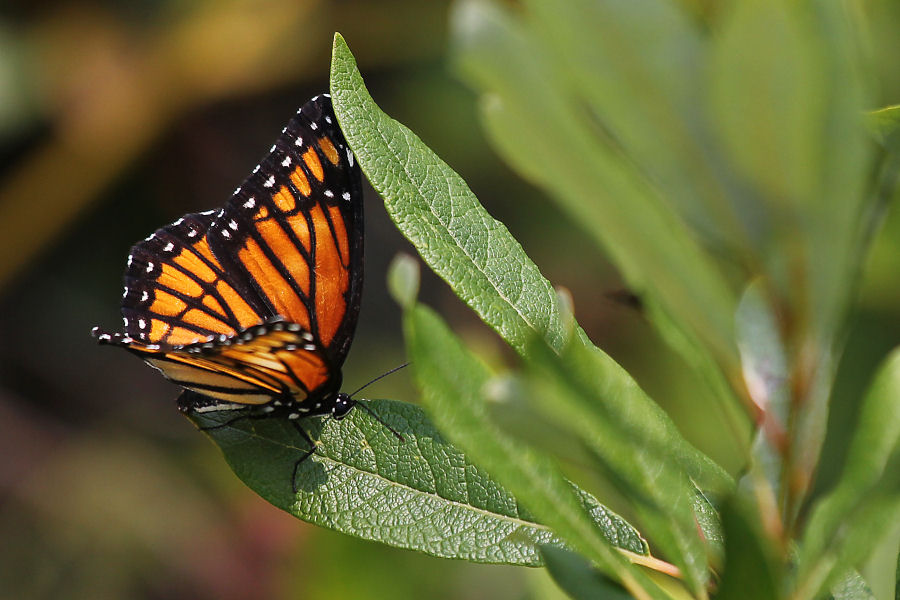
And what’s this? Another native carnivorous plant: the spatulate-leaved sundew (Drosera intermedia) busy digesting another tasty fly meal.
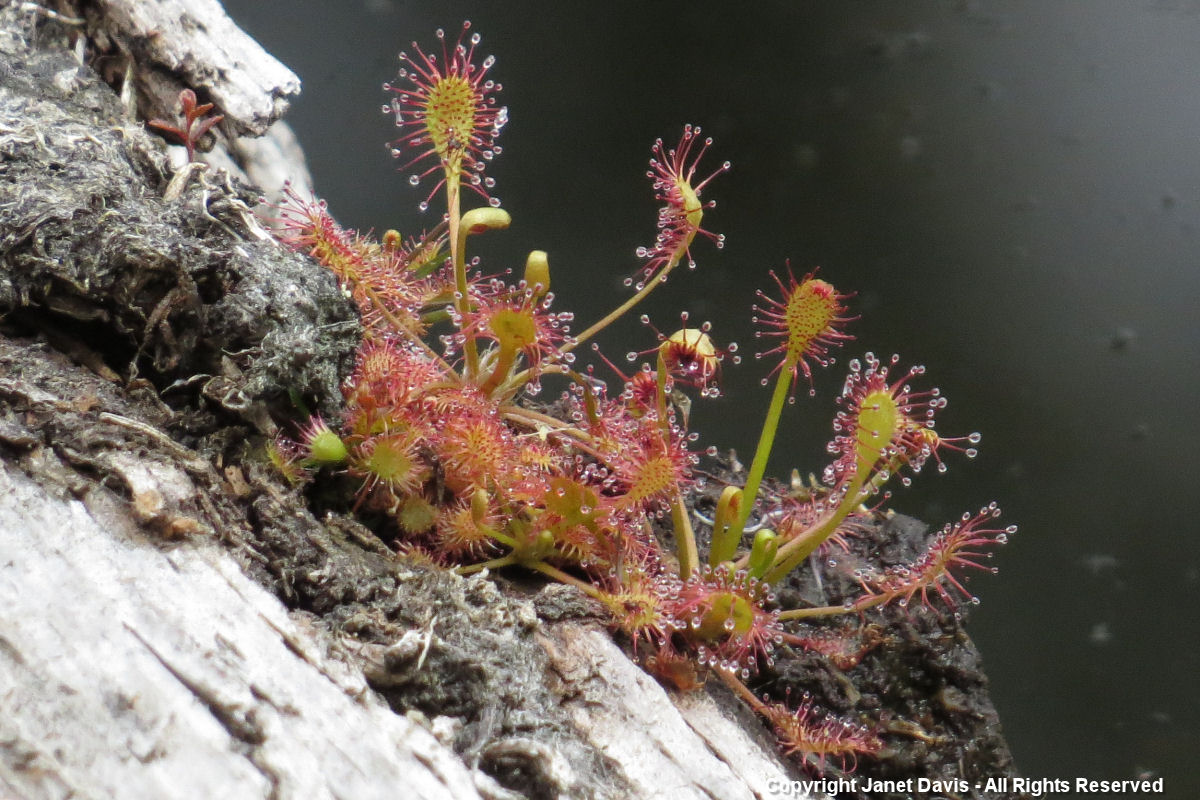
But my time is running out, so it’s just a short climb up the granite ridge to get the high view before I go. Throughout the Torrance Barrens, your feet tread on granite estimated to be 1.4 billion years old (from Nick Culshaw, Dalhousie University geology prof.and specialist in the Grenville Province geological region.) Along the way is a lot of wonderfully kinetic hair grass (Deschampsia flexuosa).
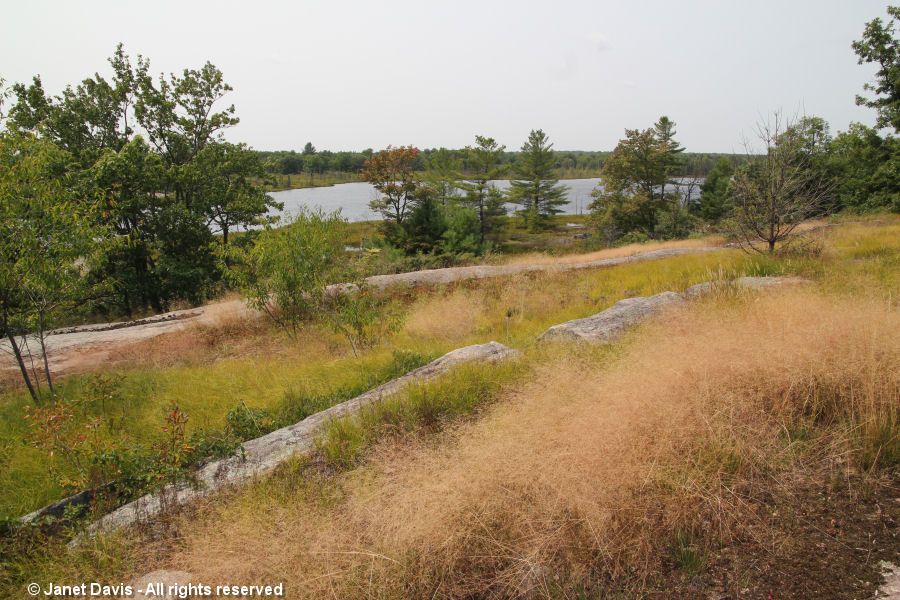 Here’s a little video I made in the Barrens to describe the sound and effect of this lovely native grass, which grows on the rocky hillside behind my own cottage – and in every nook and cranny in the area.
Here’s a little video I made in the Barrens to describe the sound and effect of this lovely native grass, which grows on the rocky hillside behind my own cottage – and in every nook and cranny in the area.
Time to go. I head out to the parking lot and drive a bit down Southwood Road. The road features a different type of flora than the plants inside the Barrens. It’s where you find the tall pink fireweed (Chamerion angustifolium), buzzing with bees.
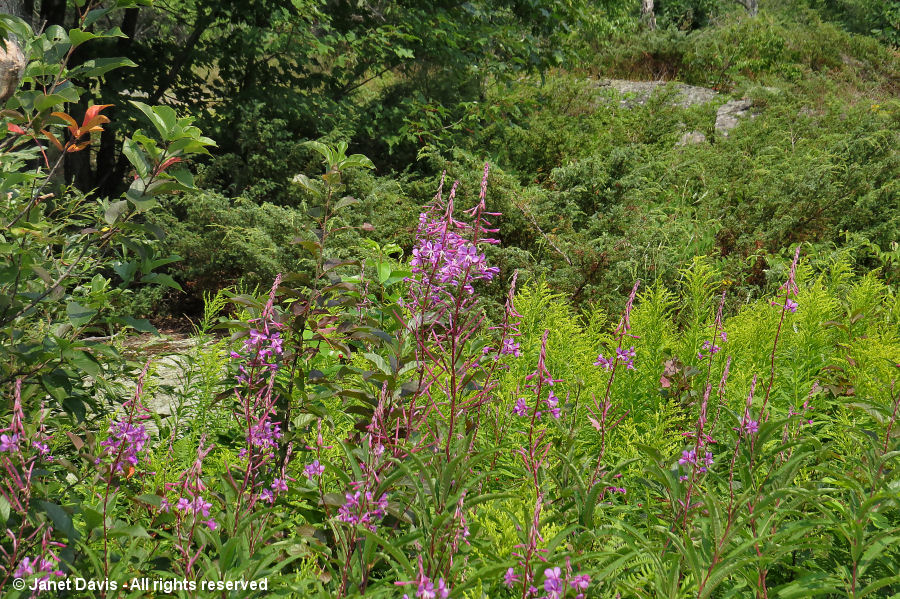
And the exotic weeds, pretty as they are, like the yellow evening primrose and the red clover mixed in with natives like goldenrod, fleabane and yarrow. And the trucks, of course. And civilization. 